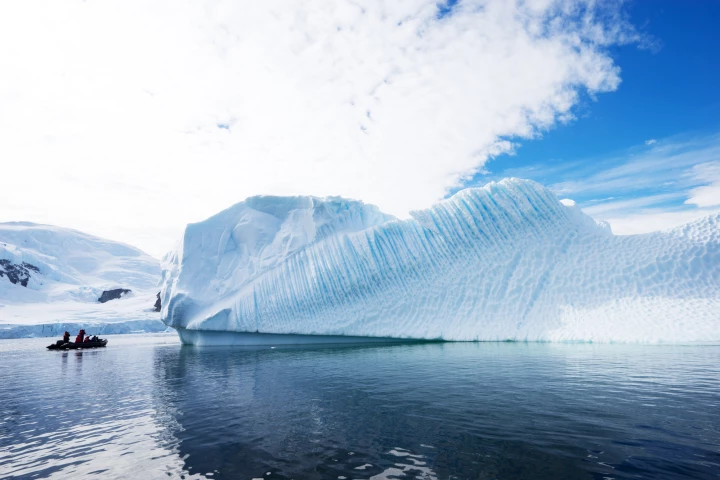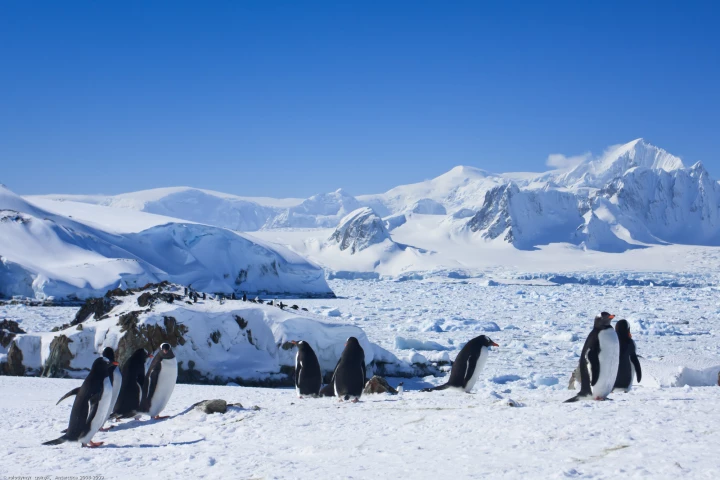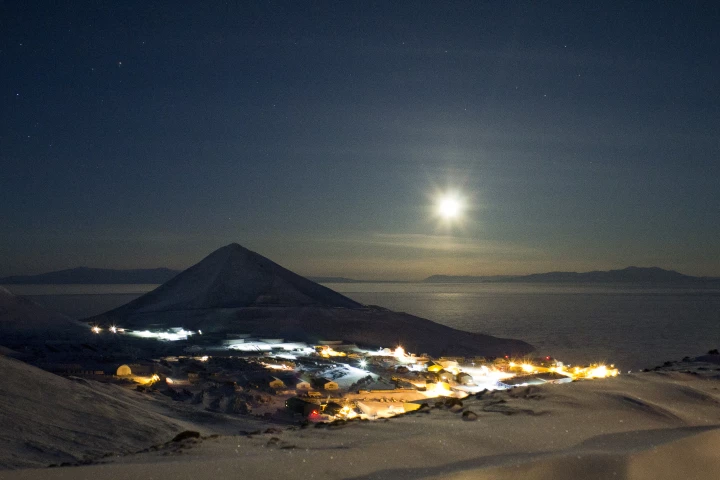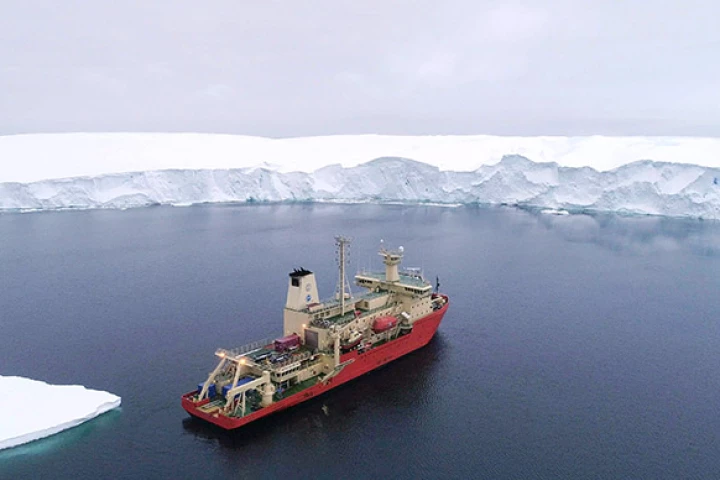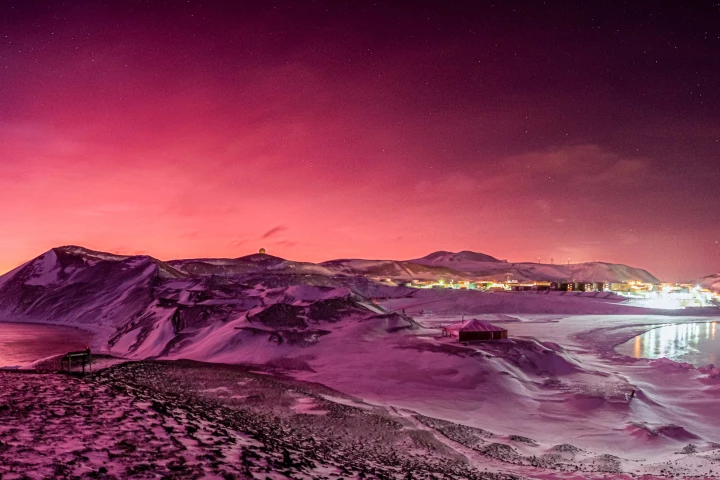Antarctic
-
Based on a 25-year record of the Western Antarctic Ice Sheet, a team of scientists led by the British Antarctic Survey (BAS) have shown that changes in snowfall over Antarctica can have significant short-term effects on global sea level rises.
-
In development for more than a decade, the Venturi Antarctica was finally set to work in Antarctica at the end of 2021. Now the first and only electric polar exploration vehicle has undergone key upgrades to help it survive higher temperatures.
-
Antarctica isn’t exactly the type of place you’d expect to be teeming with life, but a newly published study suggests the frigid environment at the end of the world may be a little more hospitable than it seems.
-
Among the many mechanisms shaping the Antarctic ice sheet are the processes playing out in its lower layers, and a newly discovered sub-glacial river suggests it may drain away faster than we thought.
-
SpaceX launched its first Starlink satellite in 2019 with a vision of blanketing the globe in high-speed internet, and it has this week ticked off an important milestone in this grand plan, beaming the service down to scientists in Antarctica.
-
Scientists have deployed an advanced robotic submarine to gain a new perspective on the Thwaites Glacier in West Antarctica, with the groundbreaking seafloor imagery highlighting its precarious state in concerning new detail.
-
One of the best ways to analyze Earth's past climate is with samples drilled from deep ice cores. Now, scientists have dated what may be the world’s oldest ice core, with some sections potentially preserving samples as old as 5 million years.
-
Researchers stationed in Antarctica have been left mesmerized by the skies overhead, brought on by the aftereffects of a volcanic eruption and captured in jaw-dropping, unedited images by science technician Stuart Shaw.
-
An international team of scientists and cartographers has released the most detailed map of the seafloor of the Southern Ocean that surrounds Antarctica. It covers 48 million km² and includes the deepest spot yet found in the region.
-
The ongoing discovery of microplastics in remote, seemingly pristine corners of the world continues to add important detail to a troubling picture of widespread pollution, and the latest finding takes the threat into new terrain.
-
In the same week that record-setting temperatures were logged in East Antarctica, satellite images have revealed the complete collapse of its Conger Ice shelf, a first for the region and a potential sign of things to come, according to experts.
-
Scientists have long warned that with the climate continuing to change we can expect extreme weather events to increase in frequency, and freak heatwaves to hit either end of the planet this week serve as a pertinent example.
Load More


